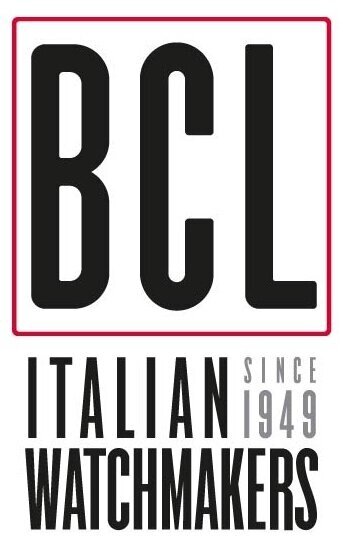The Evolution of Watches: Smartwatches vs. Traditional Timepieces
As consumer preferences continue to evolve in our increasingly digital world, the watch industry is undergoing a significant transformation driven by advancements in technology. Smartwatches have emerged as frontrunners in this evolving landscape, integrating a wide array of advanced features including health monitoring, GPS functionality, and seamless connectivity with smartphones and other devices. These multifunctional devices not only tell time but also track fitness metrics, provide notifications, and facilitate communication—all from the convenience of your wrist. As of 2024, the global smartwatch market is projected to reach an impressive $100 billion, with major brands like Apple capturing approximately 50% of the market share, followed closely by Samsung and Garmin.
In stark contrast, traditional timepieces, long celebrated for their craftsmanship and enduring design, are grappling with an apparent decline in consumer interest. Many of the established luxury watch brands have reported a drop in sales, as they struggle to retain relevance in a market that increasingly favors technology over tradition. While traditional watches offer a sense of heritage and artistry, they often lack the modern features that appeal to tech-savvy consumers. For instance, the rise of wearables has shifted attention away from conventional aesthetics towards functionality and user experience, highlighting a fundamental change in what consumers prioritize when making purchasing decisions.
Moreover, the smartwatches' ability to cater to diverse lifestyle needs has broadened their appeal across various demographics. Younger consumers, in particular, gravitate towards smartwatches due to their integration with health apps that can monitor heart rates, track sleep patterns, and assist in workout routines. Additionally, smartwatch features like mobile payments and navigation provide added convenience that traditional watches simply cannot match. This growing trend is reflected in studies indicating that millennials and Gen Z are increasingly opting for these digital options rather than conventional timepieces, which they may perceive as obsolete in a fast-paced, technology-driven society.
The smartwatch revolution represents not just a shift in consumer preference, but also a challenge for traditional watchmakers to innovate or adapt. Some luxury brands are beginning to explore hybrid models, combining traditional mechanical movements with smart technology, in an effort to appeal to a new generation of watch enthusiasts. However, the market dynamics signal a critical need for these manufacturers to re-evaluate their offerings and perhaps redefine their brand identities in this new competitive landscape. While traditional timepieces remain a timeless choice for many, the future of horology appears to be increasingly influenced by the rise of smartwatches, suggesting that innovation will play a pivotal role in shaping the industry moving forward. As this fascinating evolution unfolds, it is evident that smartwatches have carved out a permanent place at the forefront of the watch market, merging the best of technology with the art of timekeeping.

